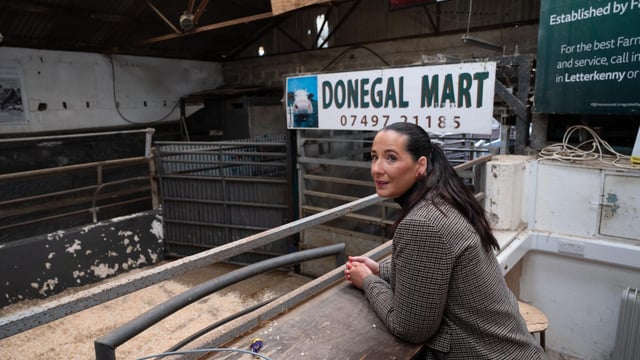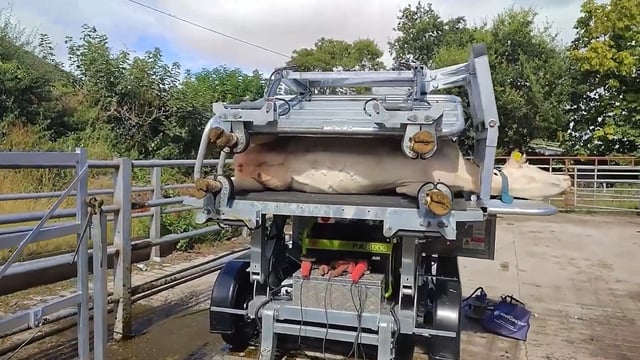Safety tips to consider for farmers ahead of winter
With animals housed, inclement weather, earlier nights and occasionally icy ground, winter time presents a number of challenges for farm safety.
Teagasc is advising farmers that now is the time to take stock and think about what farmers can do to protect themselves.
According to Teagasc farm safety specialist Francis Bligh, one thing farmers have to prepare for is more storms.
"Securing sheeting, timbers or removing dangerous trees can really help to reduce potential damage. This was routine on farms in times gone [by] that we must put back onto our to-do lists," Bligh said.
He said even modern buildings will need repair, and it is important to carry out this work in a calm, relaxed environment, and not when a storm in imminent.
"Always consider your own ability, time, competence and the availability of appropriate equipment to do this work safely.
"If in doubt hire competent, experienced people with appropriate equipment and insurance," Bligh said.
In general in winter weather, it is especially important to have safe routes around farm buildings, with Bligh saying a fall can have "devastating consequences".
"Keep and use a stock of gritting material and salt to prevent slipping. Be sure to divert water away from routes that are used regularly to keep them dry and clean," Bligh advised.
Machinery and electricity
For machinery, farmers should take time to carry out a thorough mechanical check of the vehicles, especially handbrakes, and putting a plan in place to have them fixed if issues are identified.
Farmers should also keep windows clean, and use (and keep checking) lights and beacons.
Housed livestock brings its own set of safety challenges, and farmers should check if farm lighting, floors, barriers, and gates in and around the farm buildings need repairs.
Bligh advised that a registered electrician should be employed to check and repair electrical circuits.
Farmers should consider now if they need space for an extra calving pen, and start working on a plan to make that space.
To address the risk of fire, farmers should have modern fire extinguishers ready when potentially needed, and flammable material should not be kept in the same sheds as livestock or machinery.
Farmers should also consider availing of grant aid support, including the National Farm Safety Measure, which incentivises the purchase of power take-off (PTO) shaft covers; and the Farm Safety Capital Investment Scheme under the Targeted Agricultural Modernisation Scheme (TAMS).
Children on farms
According to a Teagasc study, the presence of children and youths, particularly five-to-15-year-olds, is associated with an increased farm workplace injury risk.
According to Bligh, the increased risk from the presence of children likely results from the increased demands and associated stress of both farm work and the needs of a young family.
To counter this risk, he advised that family life must be prioritised, and that farm work routines should provide sufficient free time to meet the demands of the family.
He also urged families to "be honest about what is possible", and to make childcare arrangements if needed.
Farmers can also consider using contractors for time-consuming tasks like fertiliser spreading, topping, and slurry spreading.
Hiring labour could have similar benefits in freeing up time for the farm family.
Bligh said that good work routines and fair remuneration will help attract and retain staff.
He added that farmers can also consider working with advisers, attending training, and linking up with other farmers to help with the development of efficient facilities and work practices.





